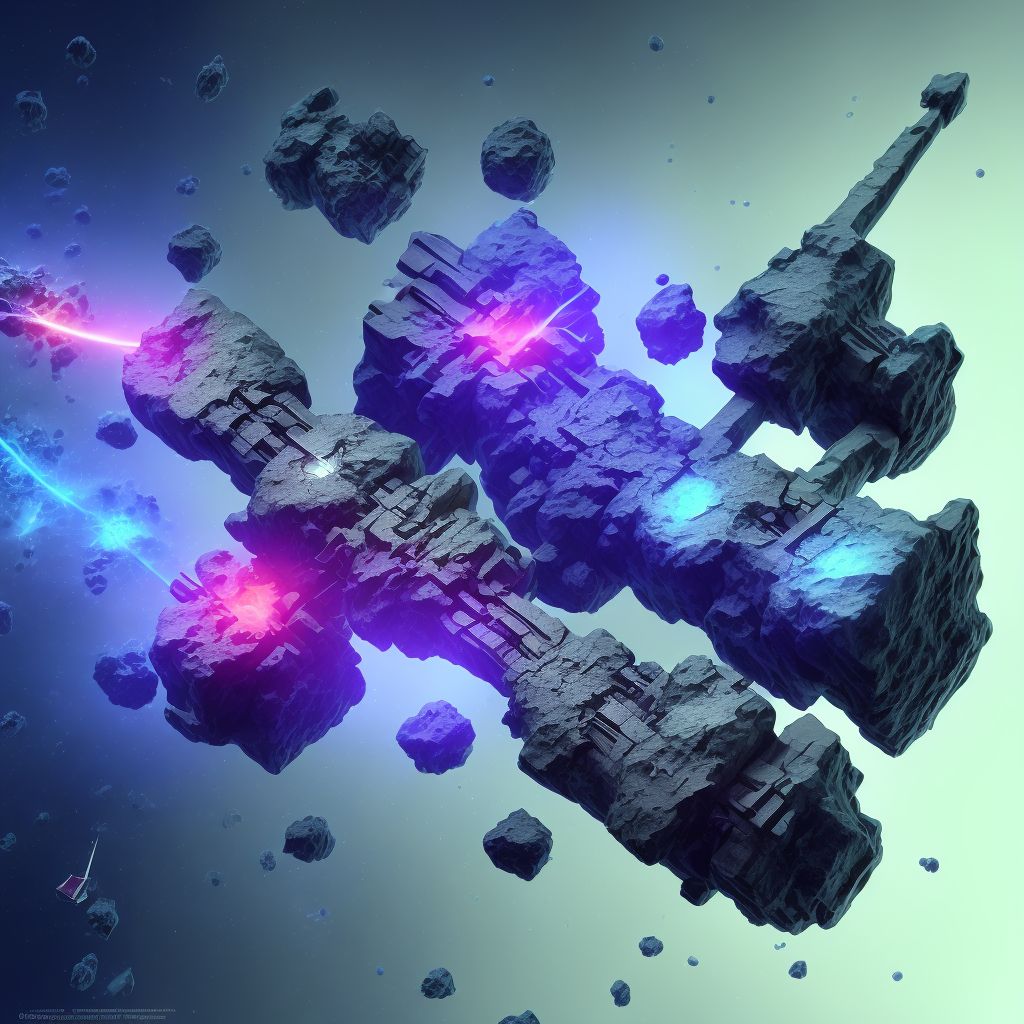
Nondisplaced transverse fracture of shaft of left fibula, subsequent encounter for open fracture type IIIA, IIIB, or IIIC with nonunion Save
ICD-10 code: S82.425N
Disease category: S82.425: Nondisplaced transverse fracture of shaft of left fibula
Nondisplaced Transverse Fracture of Shaft of Left Fibula: Understanding Nonunion
A nondisplaced transverse fracture of the shaft of the left fibula refers to a type of bone break that occurs horizontally across the long bone located on the outside of the lower leg. When such a fracture fails to heal properly, it may result in nonunion. This article aims to shed light on the subsequent encounters for open fracture types IIIA, IIIB, or IIIC with nonunion, excluding treatment options.
Nonunion is a condition where a fracture fails to heal within the expected timeframe or remains unhealed for at least six months. It can occur due to various factors, including inadequate blood supply, poor alignment, infection, excessive motion, or patient factors such as advanced age or smoking. It is important to seek medical attention for nonunion to prevent complications and promote proper healing.
During subsequent encounters for open fracture types IIIA, IIIB, or IIIC with nonunion, healthcare professionals typically focus on evaluating the progress of healing and addressing any complications that may arise. This may involve monitoring the alignment of the bone fragments, assessing the patient's range of motion, and checking for signs of infection or other complications.
In addition to physical examinations, medical imaging such as X-rays or CT scans may be performed to gain a clearer understanding of the extent of nonunion and evaluate any potential complications. These imaging techniques aid in determining the appropriate course of action to promote healing and restore functionality.
- Physical examinations to assess alignment, range of motion, and complications.
- Medical imaging (X-rays, CT scans) to evaluate nonunion and complications.
- Developing a comprehensive treatment plan based on the patient's specific condition.
It is important to note that treatment options for nonunion can vary based on the severity and specific characteristics of each case. Treatment may include surgical intervention such as bone grafting, internal fixation with plates or screws, or the use of external fixation devices.
In summary, nonunion is a potential complication of a nondisplaced transverse fracture of the shaft of the left fibula. During subsequent encounters for open fracture types IIIA, IIIB, or IIIC with nonunion, healthcare professionals focus on evaluating the healing progress and addressing any complications. Seeking appropriate medical care and adhering to the recommended treatment plan are crucial for a successful recovery.
Treatment of Nondisplaced transverse fracture of shaft of left fibula, subsequent encounter for open fracture type IIIA, IIIB, or IIIC with nonunion:
Treatment Options for Nondisplaced Transverse Fracture of the Shaft of Left Fibula with Nonunion
When it comes to a nondisplaced transverse fracture of the shaft of the left fibula with nonunion, prompt and appropriate medical treatment is crucial for optimal recovery. This type of fracture occurs when the fibula bone in the lower leg breaks horizontally, but the bone fragments rem...
To see full information about treatment please Sign up or Log in